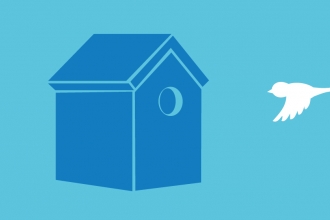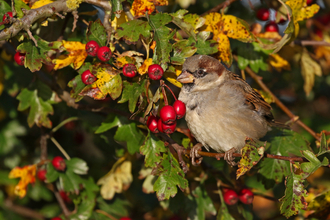I often get the impression that we take some of our birds for granted. If we saw birds like chaffinches while on holiday abroad, we'd be bowled over by their beauty. At home, however, their peaches, greens and golden stripes seem somewhat muted. If we're blind to the peachy breasts of the males, we definitely miss that underneath those wings is a back that's the most wonderful shade of green.






